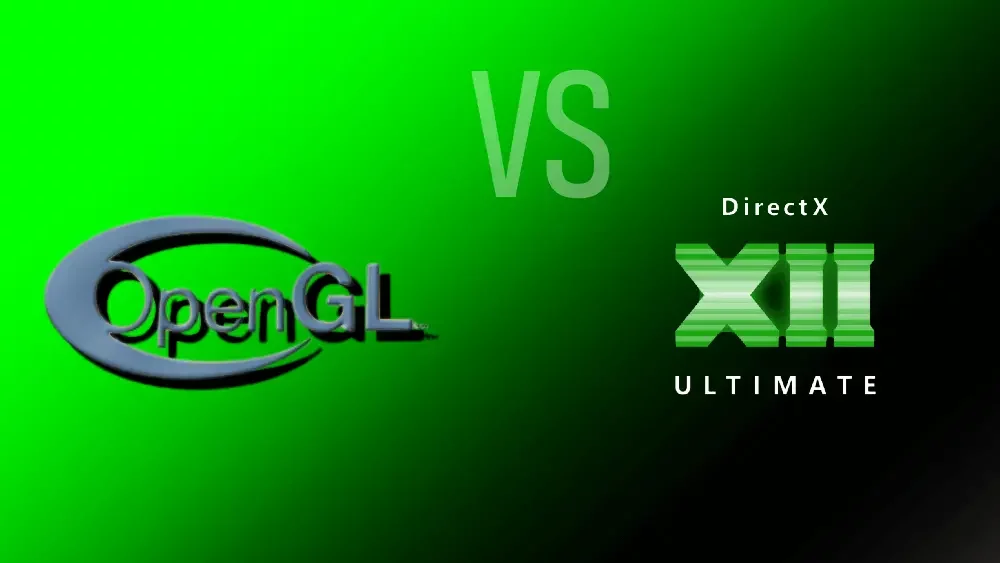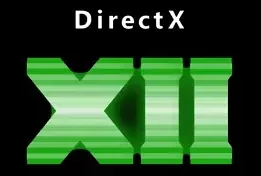DirectX is a (APIs) developed by Microsoft for handling tasks related to multimedia, gaming, and other graphics-intensive applications on the Windows platform. The following is a list of versions released till date:
DirectX All Versions
DirectX Uses (elements)
DirectX’s essential elements include:
- Direct3D: This API is used for providing 3D graphics in applications and games.
- Direct2D: To generate 2D visuals and text, this API is necessary.
- DirectCompute: This API is used for general-purpose computing on the GPU.
- DirectSound: This API is used for handling sound and audio in applications and games.
- DirectInput: This API is used to manage input from gadgets like game controllers, mouse, and keyboards.
- DirectPlay: This API is used for network communication and multiplayer gaming.
- DirectMusic: This API is used for handling music and MIDI data in applications and games.
Overall, DirectX gives programmers a complete collection of tools and APIs for building graphics- and multimedia-intensive Windows programmes and games.
Popular APIs for Graphics and Gaming
The following are a graphics and gaming popular APIs that are used by developers:
DirectX: Microsoft created the DirectX collection of APIs, which is used in games and multimedia programmes that run on Windows to manage graphics, sound, input, and networking.
Metal: Developed by Apple, Metal is similar to Vulkan and DirectX 12 in capabilities but is optimized for Apple’s hardware and software platforms.
OpenGL: it was created by Khronos Group, for 2D & 3D graphics which is used on Windows, mac, Linux and android.
WebGL: it is a web-based API created by Khronos Group used in web browsers using JavaScript and OpenGL.
Vulkan: Also developed by the Khronos Group, Vulkan is a low-level graphics API that provides more direct access to the hardware and can be used to achieve high performance in graphics and compute applications.
Unity: Develop games for desktop, mobile, and web, using its own API for controlling visuals, physics, sound, and input.
Unreal Engine: mainly, used to create games for consoles, smartphones, and desktop computers.
These APIs and game engines that are used by developers.
Difference Between OpenGL & DirectX?

OpenGL and DirectX are two different graphics APIs used for develop graphics in video games.
Performance: Both APIs can achieve similar performance, but DirectX is often favored by developers working on Windows because it is optimized for that platform.
Industry Adoption: Historically, DirectX has been more widely adopted by game developers, especially those working on Windows platforms.
Platform support: DirectX is developed and supported by Microsoft, so it’s mainly used on Windows platforms.
Ease of Use: DirectX is often considered easier to use, with a more straight forward and consistent API.
DirectX, on the other hand, has a more rigid structure, with a fixed pipeline that handles most of the rendering work automatically.
Another difference is the level of support and documentation available for each API.
While DirectX is often the preferred choice for Windows-based games, OpenGL is a viable option for cross-platform applications and has a dedicated following in certain industries.
Difference Between DirectX 12 vs DirectX 12 Ultimate

It is designed to maximize the performance of modern graphics hardware while minimizing CPU overhead.

it is designed to support next-generation hardware and provides a more unified development experience across platforms. it supports – ray tracing, variable rate shading, mesh shaders, and sampler feedback.
